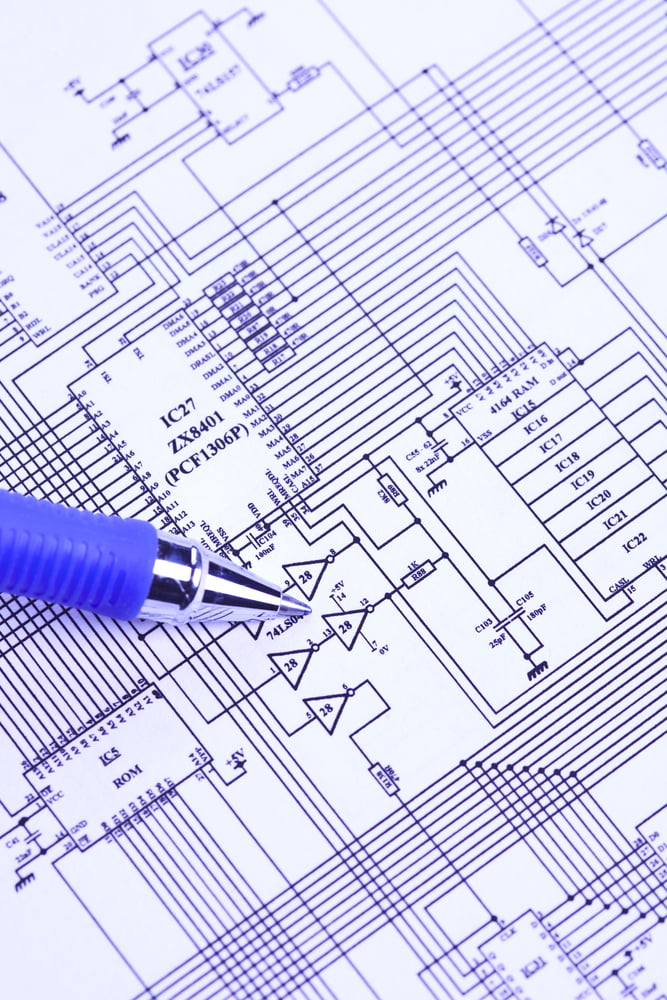How to Avoid Expensive Design Changes with Enclosure Air Conditioners
 From time to time, electrical enclosure designers find themselves in a bind because of constraints that limit their options when designing or upgrading enclosures. Typical issues include space limitations, excessive heat load, poor ventilation, dust and dirt, and high ambient temperatures. Solutions involving the relocation of the electrical enclosure, moving adjacent equipment to create space, or installing a larger enclosure frequently turn out to be expensive, impractical, or significantly disruptive.
From time to time, electrical enclosure designers find themselves in a bind because of constraints that limit their options when designing or upgrading enclosures. Typical issues include space limitations, excessive heat load, poor ventilation, dust and dirt, and high ambient temperatures. Solutions involving the relocation of the electrical enclosure, moving adjacent equipment to create space, or installing a larger enclosure frequently turn out to be expensive, impractical, or significantly disruptive.
A possible solution is the installation of an enclosure air conditioner. Here are some scenarios where this might be the best alternative.
Upgrading an Electrical Enclosure
As a result of modifications and alterations to plant and machinery, the electrical enclosure may need to be upgraded:
- Additional equipment: Equipment added to an electrical enclosure to cater to plant changes and modifications generates heat, increases the thermal load, and possibly leads to panel overheating.
- Upgrading equipment: For several reasons, such as to increase flexibility, conventional drives and equipment are replaced by more efficient electronic equipment. This equipment generates more heat that must be removed to prevent overheating.
New Electrical Enclosures
During the design of an electrical enclosure, designers may not be made aware of constraints that affect the size, location, and operating parameters of the enclosure, resulting in the need to change the design:
- Plant layout restrictions: The final plant layout may well restrict the size of the electrical enclosure, forcing the designer to use a smaller enclosure than intended. Because of the lower thermal capacity, equipment could overheat.
- Equipment changes: The customer may change equipment specifications to include electronic equipment that increases the heat load.
- Additional equipment: As plant design progresses, there might be a need to install additional equipment in the enclosure.
- Environmental conditions: The customer might neglect to specify particular environmental conditions, such as the presence of corrosive chemicals, dust, and dirt, which could affect the equipment.
- Solar radiation: The specification may not reveal that the enclosure is subject to solar radiation, which will increase the enclosure heat load and lead to higher enclosure temperatures.
- Ambient temperature: The ambient temperature could be higher than specified due to the enclosure’s proximity to plant generating waste heat or where there’s poor ventilation and inadequate cooling.
Enclosure Air Conditioner
In such situations, a viable solution is the installation of an enclosure air conditioner that will remove the additional heat generated and maintain the electrical enclosure temperature within safe operating parameters.
If the enclosure was originally designed as a naturally ventilated enclosure, it will be necessary to seal the vents and openings or, in extreme cases, replace the enclosure with a similarly sized sealed enclosure (NEMA 12, 4 or 4X), depending upon the environmental conditions.
The enclosure air conditioner can be mounted on either end of the enclosure, or if space is tight, on the door. Various models are available, including a compact unit that takes up little space or, if a higher BTU capacity is required, a slightly larger Narrow Edge unit.
To avoid the need for unexpected plumbing, Thermal Edge’s air conditioners incorporate an innovative condensate evaporation system that evaporates condensate formed during operation and avoids the need for messy condensate drains.
Air-to-Air Heat Exchanger
It is also conceivable that a lower capacity air-to-air heat exchanger may work. This unit is totally sealed and has the advantage over an air conditioner in that it requires minimal power … only what is needed to drive two small circulation fans.
If you’re facing expensive design modifications due to unforeseen changes, contact our technical team at Thermal Edge and get advice on how our innovative enclosure air conditioning solutions can save you money.


